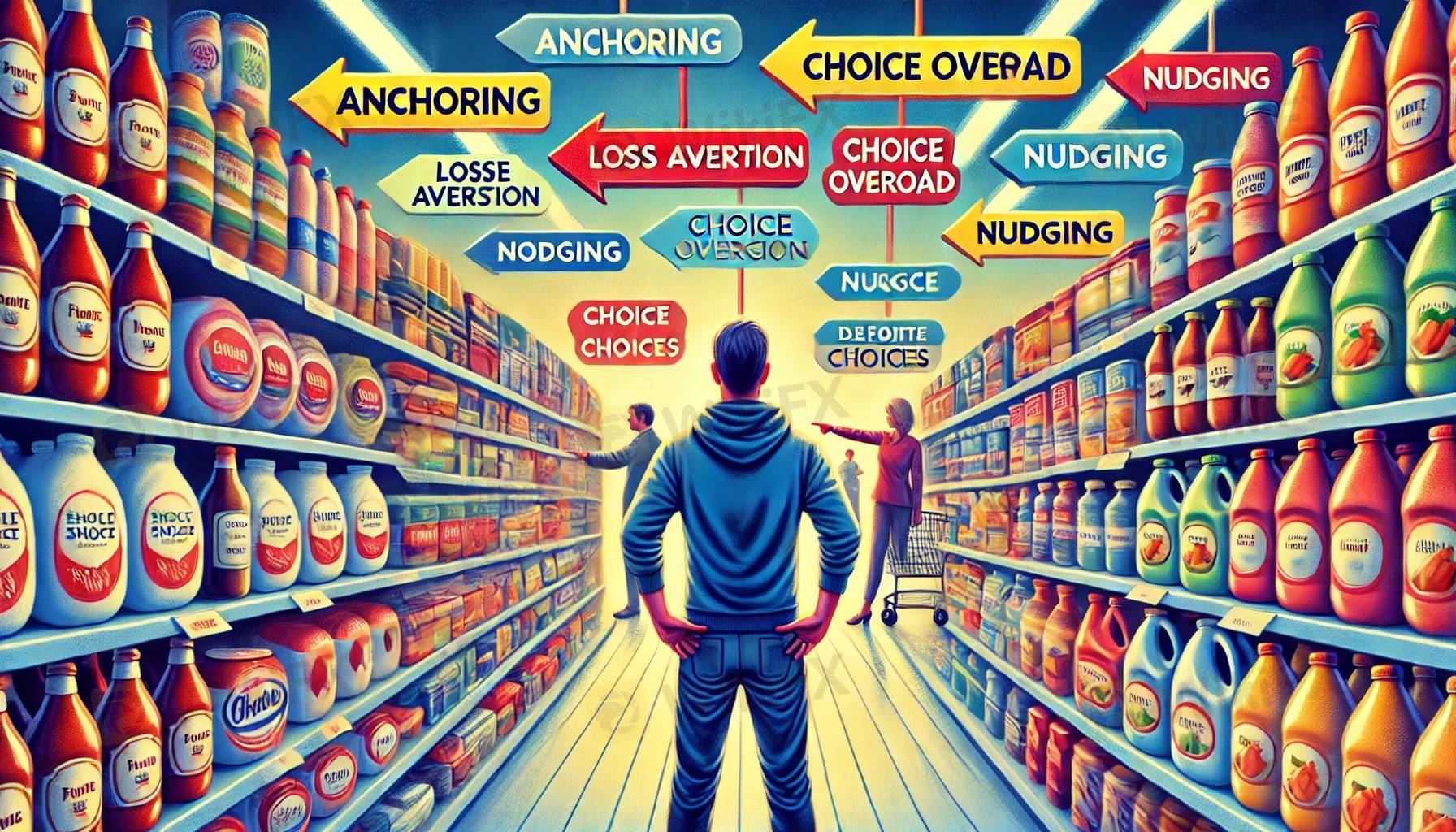
2025-02-12 16:52
業內Behavioral Economics: Understanding Consumer Choic
#firstdealofthenewyearastylz
Behavioral economics examines how psychological, emotional, cognitive, and social factors influence the economic decisions individuals make, often challenging traditional economic theories that assume consumers act rationally. It provides insights into why people sometimes make choices that deviate from purely logical or optimal outcomes.
Here are some key concepts and ideas in behavioral economics related to consumer choice:
1. Bounded Rationality
Consumers do not always make perfectly rational decisions due to limited information, cognitive biases, or time constraints.
Instead of optimizing, people "satisfice" by choosing options that are good enough.
2. Heuristics and Biases
Heuristics: Mental shortcuts or rules of thumb people use to make decisions (e.g., choosing familiar brands).
Biases: Systematic errors in judgment, such as:
Anchoring: Relying heavily on the first piece of information encountered (e.g., sales price compared to the original price).
Loss Aversion: Feeling the pain of losses more acutely than the pleasure of equivalent gains.
Status Quo Bias: Preferring things to stay the same (e.g., sticking with a default product).
3. Prospect Theory
Developed by Kahneman and Tversky, this theory suggests that people perceive gains and losses differently, leading to risk-averse or risk-seeking behavior depending on how choices are framed.
4. Choice Overload
When presented with too many options, consumers may feel overwhelmed and either make suboptimal choices or avoid making a decision altogether.
5. Social Influences
Consumers are influenced by social norms, peer pressure, and the behavior of others (e.g., purchasing trends, recommendations, or reviews).
6. Nudging
Small interventions can steer people toward better decisions without restricting their choices (e.g., placing healthier foods at eye level in supermarkets).
7. Hyperbolic Discounting
People tend to value immediate rewards more than future rewards, leading to procrastination or impulsive purchases.
Applications in Consumer Choice:
Marketing: Using framing, anchoring, or loss aversion to influence buying decisions.
Product Design: Simplifying options to reduce choice overload.
Public Policy: Encouraging beneficial behaviors like saving for retirement through default enrollment in savings plans.
Behavioral economics bridges the gap between economics and psychology, offering a more realistic understanding of consumer behavior. How would you like to explore this topic further?
贊 0

Sistmeg
Mga brokers
熱門討論
業內
哎,现在明白不赌就是赢啊
行情分析
美元/加元技术面
技術指標
外汇技术分析之波浪理论
業內
[活動]論交易,贏取200元話費補貼
技術指標
EZ.Fury Kite是基于趋势指标MA进行判断
技術指標
指标派是什么?
市集分類

平臺

展會

代理商

招聘

EA

業內

行情

指標
Behavioral Economics: Understanding Consumer Choic
 香港 | 2025-02-12 16:52
香港 | 2025-02-12 16:52#firstdealofthenewyearastylz
Behavioral economics examines how psychological, emotional, cognitive, and social factors influence the economic decisions individuals make, often challenging traditional economic theories that assume consumers act rationally. It provides insights into why people sometimes make choices that deviate from purely logical or optimal outcomes.
Here are some key concepts and ideas in behavioral economics related to consumer choice:
1. Bounded Rationality
Consumers do not always make perfectly rational decisions due to limited information, cognitive biases, or time constraints.
Instead of optimizing, people "satisfice" by choosing options that are good enough.
2. Heuristics and Biases
Heuristics: Mental shortcuts or rules of thumb people use to make decisions (e.g., choosing familiar brands).
Biases: Systematic errors in judgment, such as:
Anchoring: Relying heavily on the first piece of information encountered (e.g., sales price compared to the original price).
Loss Aversion: Feeling the pain of losses more acutely than the pleasure of equivalent gains.
Status Quo Bias: Preferring things to stay the same (e.g., sticking with a default product).
3. Prospect Theory
Developed by Kahneman and Tversky, this theory suggests that people perceive gains and losses differently, leading to risk-averse or risk-seeking behavior depending on how choices are framed.
4. Choice Overload
When presented with too many options, consumers may feel overwhelmed and either make suboptimal choices or avoid making a decision altogether.
5. Social Influences
Consumers are influenced by social norms, peer pressure, and the behavior of others (e.g., purchasing trends, recommendations, or reviews).
6. Nudging
Small interventions can steer people toward better decisions without restricting their choices (e.g., placing healthier foods at eye level in supermarkets).
7. Hyperbolic Discounting
People tend to value immediate rewards more than future rewards, leading to procrastination or impulsive purchases.
Applications in Consumer Choice:
Marketing: Using framing, anchoring, or loss aversion to influence buying decisions.
Product Design: Simplifying options to reduce choice overload.
Public Policy: Encouraging beneficial behaviors like saving for retirement through default enrollment in savings plans.
Behavioral economics bridges the gap between economics and psychology, offering a more realistic understanding of consumer behavior. How would you like to explore this topic further?
贊 0
我也要評論
提問
0條評論

還沒人評論,趕緊搶佔沙發

提問
還沒人評論,趕緊搶佔沙發